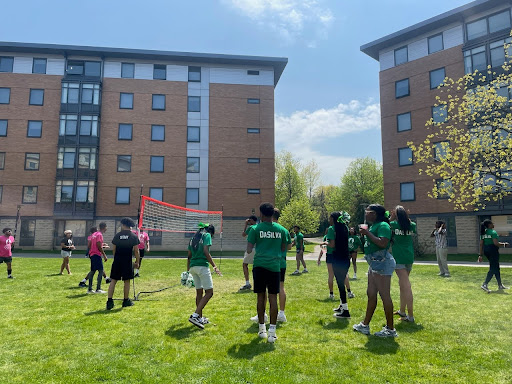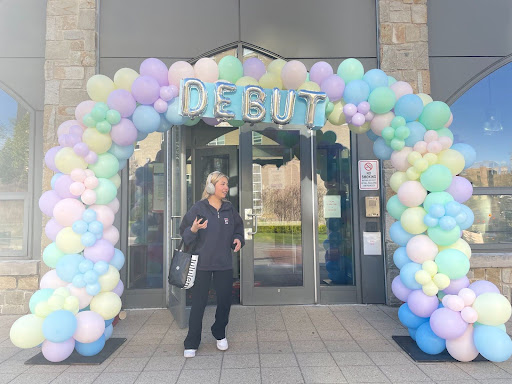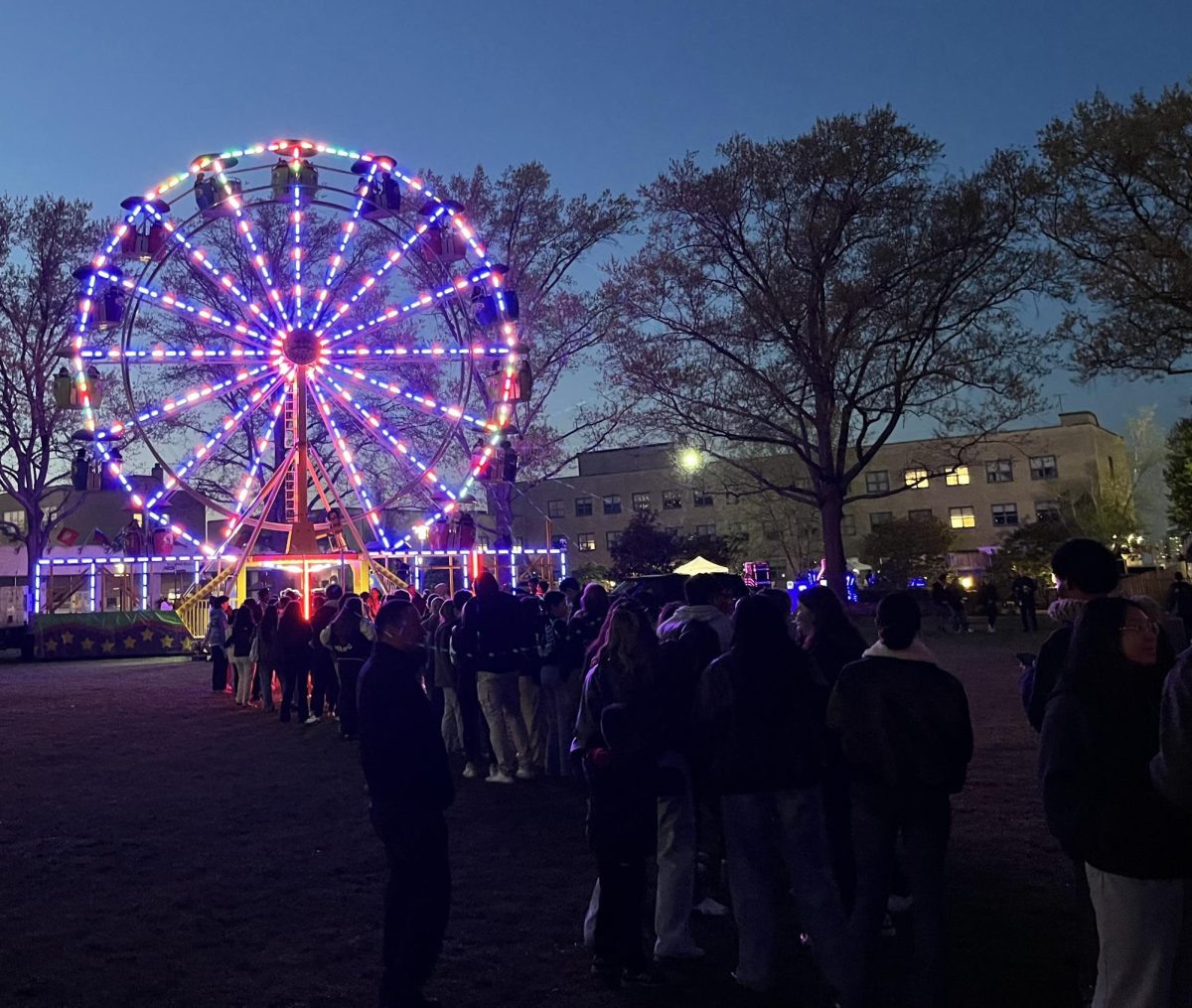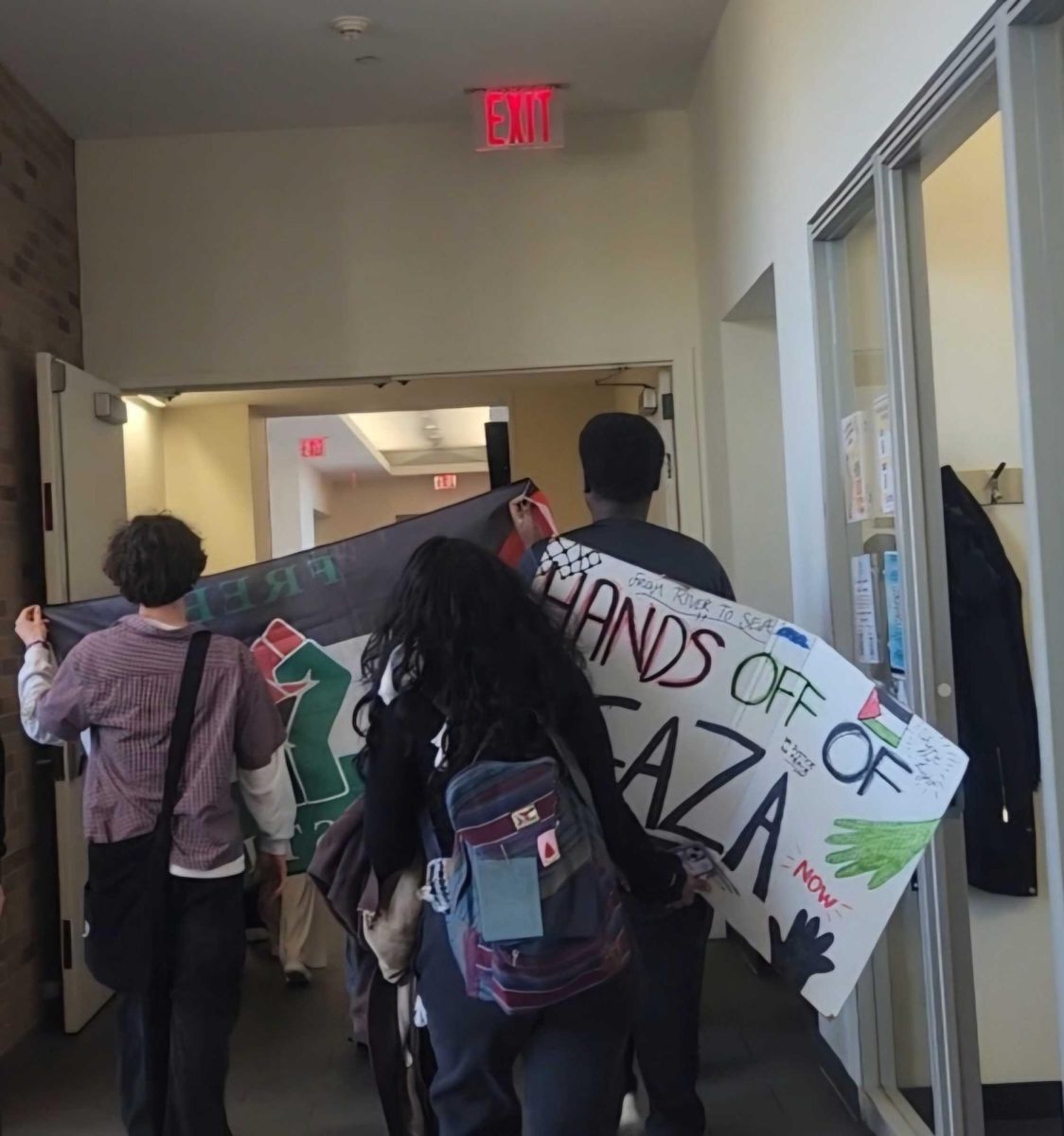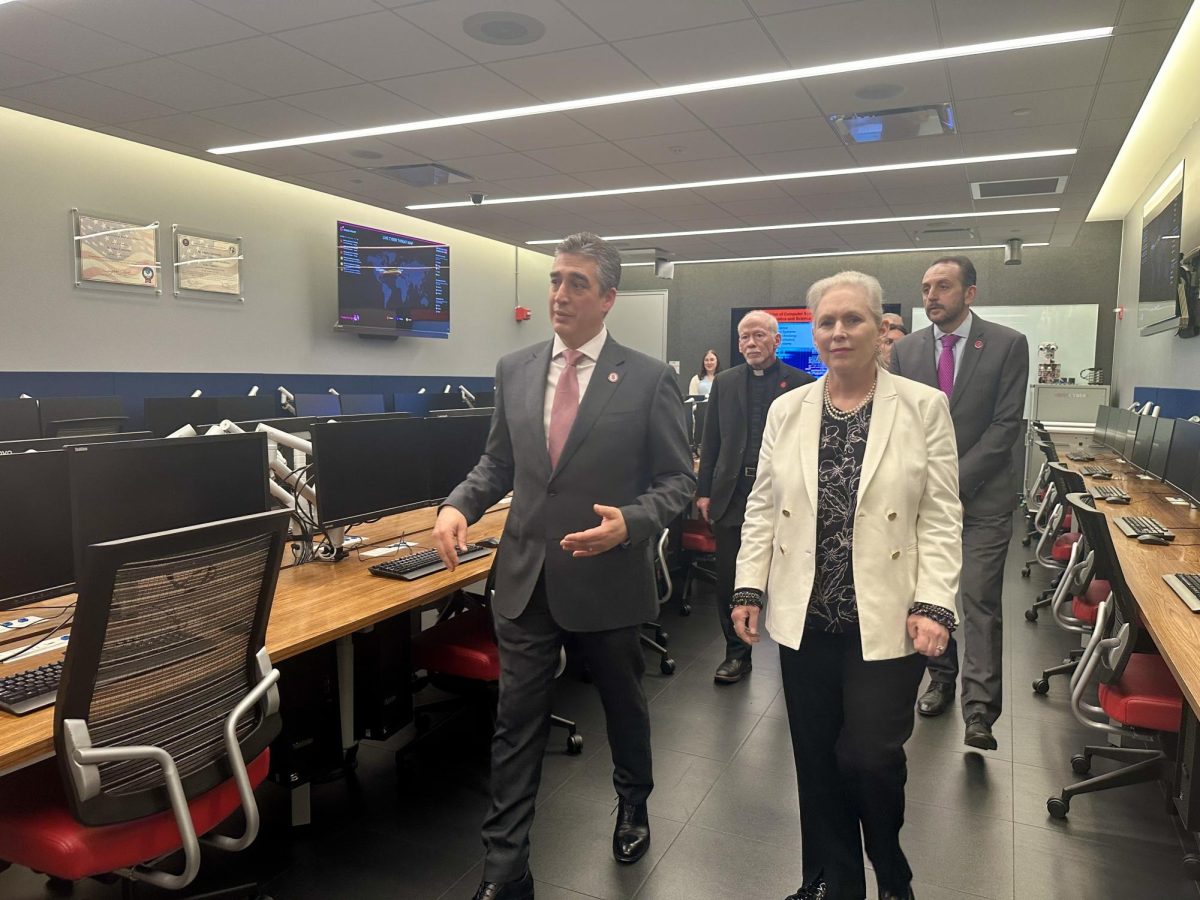
New buildings on campus.
Better enrollment numbers.
The need for facility upgrades.
A more diversified faculty.
These are on Rev. Brian J. Shanley, O.P.’s radar as he approaches the end of his first year as president at St. John’s. Embarking on a five-year term that has been dominated by COVID-19, Shanley detailed a “strategic plan” for how he wants the University to grow in an exclusive interview with The Torch, including by developing a better St. John’s “brand.”
“I think one of my big takeaways from being here nine months now is that academically we’re a much stronger University than I thought coming in,” he said.
The first president of St. John’s from the Dominican Order, Shanley has dedicated himself to the development of the University. With a vow of poverty, he said he lives only on an allowance from his provincial, which receives all his salary, and devotes himself to what he told The Torch last year is not his job, but his vocation.
Weakness in Enrollment
The former president of Providence College, Shanley was named president-elect of St. John’s on Nov. 24 and started the following spring semester. Much of Shanley’s first semester at the University was spent “watching the world from the window of Newman Hall,” he explained. Though he missed the human interaction that he normally experienced as an instructor, he turned to his duties of evaluating the current state of the University and meeting the administration he inherited – a very different university structure than at Providence College, which had less than 6,000 students, where St. John’s has approximately 15,000 undergraduate students.
In evaluating weak points at St. John’s, Shanley told The Torch that last year’s enrollment was “terrible.”
“The freshman class of last year was like 1000 people underneath where we usually work,” he said. “And when you’re a University that depends on tuition revenue, and you take a 1,000 student hit, that stays with you as a problem for the whole four years that that class is here.”
“Thank God,” he continued, “this freshman class this year is a good number for us – and good quality.” His focus, in response, has heavily been on recruiting next year’s class to ensure this number continues to grow.
Student Life and the University’s Future
A robust student life was lost during the last academic year, as students were required to practice social distance and there were no vaccinations to prevent the spread of COVID-19. Now, however, with vaccinations being a requirement at the University, there is an opportunity to develop opportunities for students on campus.
Shanley explained his desire to “make the campus experience more welcoming and inviting,” but has concern over the number of students in the residence halls, which has decreased. The residence halls, which used to house three and four people in a room, now have only one or two in a room – singles and doubles.
For the “foreseeable future,” he explained “we probably will keep the capacity about where it is now. But I don’t know that for sure.”
The University is planning expansion with the Health Sciences Building, planned for completion in 2024. Construction begins next semester, and will bring certain inconveniences to the student body, though attempts will be made to mitigate it.
“We won’t start construction real early in the morning… we’ve got to figure out a way to be as least intrusive as possible,” he said.
The construction of the Health Sciences Building requires the demolishing of St. Vincent Hall, which housed the Catholic Scholars and Ozanam Scholars. Attached to the building was the Red Storm Diner, a favorite dining option among students.
When asked if the diner would return in some capacity, Shanley said: “I think we would like to, because we know that that kind of informal dining is really attractive for you guys,” but that there were no official plans to do so.
Other academic spaces on the University need to be updated, Shanley explained, such as St. John’s Hall and St. Albert Hall. Getting a plan for these facilities on campus, he explained, is going to be important for the University moving forward.
Other facilities that are in need of upgrade, he explained, are athletic facilities.
“We’re going to come up with some kind of a master space plan that will kind of say, ‘Here’s what we want to do next,’ and then you [have] to figure out where the money’s going to come from.”
Equity and Inclusivity at the University
Compared to Providence College, St. John’s University is substantially different in terms of diversity – both religiously and ethnically. In the fall of 2019, just 18% of students at Providence were students of color in comparison to SJU’s 44%, The Torch reported last year.
While Shanley does not see diversity as an issue regarding the student body, as it is already greatly diverse, the faculty fails to be as diverse as the student body it educates.
“You’d want a faculty that more mirrors what you have in your student body,” he said. “I’d say with our workforce as well. So it’s about equity and inclusion.”
To attempt to remedy this, Shanley has required that every search committee – which is charged with searching for faculty – has at least one member who has gone through training on how to make the search process itself more equitable.
“[It’s] how you even write job descriptions of positions, how you interview candidates, how you go to look for candidates that are diverse, as opposed to just sitting there and waiting for the letters to come through the door slot,” he explained. “So I think our search processes are going to be better and more intentional with respect to it, but the proof will be in the hiring.”
The challenge then, he explained, is developing a more inclusive campus, where people feel welcomed and embraced for who they are, regardless of their identity. The need for discussions on racial and ethnic studies, Shanley explained, is necessary at the University level, which is why he recognizes the addition of the Critical Race and Ethnic Studies Department as an important addition for the University.
“I think what we’ll be able to do at St. John’s is, from an academic point of view, explore the critique of racism as not simply ideas in people’s heads, but the structural forms that racism is embedded in, and a critique of those structures,” he said. “Hopefully, in an ideal world, [it will serve as] an emancipated function to try to free society – or particularly American society – from the grip that racism has.”














